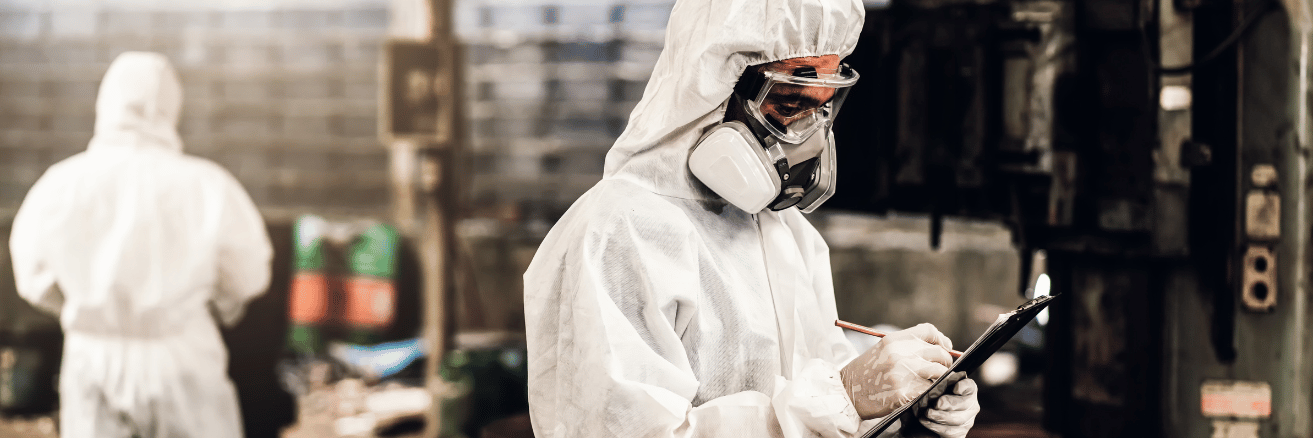
Chemical Spills , Safety Precautions & Response Action
- Identify different types of chemical spills and their risks.
- Understand basic safety precautions to prevent spills.
- Read and use Safety Data Sheets (SDS) for spill information.
- Respond safely and effectively to chemical spills.
- Use spill kits and personal protective equipment (PPE) correctly.
- Report spills according to company and legal requirements.
Laboratory personnel handling chemicals in academic, research, or medical settings.
Industrial and manufacturing workers involved in chemical production, storage, or transport.
Maintenance and janitorial staff who may come into contact with hazardous substances.
Warehouse and logistics employees managing chemical inventories.
Emergency response teams and safety officers responsible for spill response.
New hires or staff requiring refresher training on chemical safety.
This interactive training course includes the following training methodologies as a percentage of total tuition hour :
- Lectures
- Workshops, work presentations ,
- Group Work in case study & Practical Exercises.
- Videos and general discussions
Course Outline
Introduction to Chemical Safety
Chemical Hazard Fundamentals
- Types of chemicals (acids, bases, solvents, oxidizers, etc.)
- Routes of exposure (inhalation, ingestion, dermal, injection)
Health effects (acute vs. chronic)
Legal and Regulatory Framework
- OSHA Hazard Communication Standard (HAZCOM)
- GHS labeling and SDS overview
- Environmental regulations (EPA, local laws)
Introduction to Spill Response Planning
- What defines a chemical spill
- Minor vs. major spills
- Importance of a spill response plan
Risk Assessment & Prevention
Chemical Risk Assessment
- Hazard identification
- Exposure assessment
- Risk evaluation and control
Chemical Storage and Handling
- Segregation of incompatible chemicals
- Safe storage practices
- Proper labeling and signage
Personal Protective Equipment (PPE)
- Types of PPE for chemical hazards
- Selection criteria (based on SDS)
- Maintenance and disposal
Spill Prevention Techniques
- Engineering controls
- Safe work practices
- Secondary containment systems
Spill Response Procedures
Spill Response Levels
- First response vs. specialist intervention
- Defining roles and responsibilities
Spill Kit Components
- Absorbents, neutralizers, containers
- Tools and PPE in kits
- Kit placement and maintenance
Emergency Response Procedures
- Initial spill assessment
- Evacuation procedures
- Communication protocols (alarms, reports)
Decontamination & Disposal
- Decontamination methods (equipment, personnel, area)
- Waste classification and disposal procedures
Simulation & Incident Management
Incident Command System (ICS) Basics
- ICS structure and terminology
- Integration into spill response
Mock Spill Scenario: Planning
- Teams assigned roles (incident commander, safety officer, cleanup crew)
- Review of response plan
Live Spill Simulation
- Simulated chemical spill in a controlled setting
- Use of PPE, spill kits, containment tools
- Real-time decision-making and communication
Debrief & Improvement Discussion
- What went well, what can be improved
- Reporting and documentation
Documentation, Review & Evaluation
Spill Reporting & Investigation
- Legal requirements for reporting
- Root cause analysis
- Corrective and preventive actions
Training, Drills, and Continuous Improvement
- Designing in-house training
- Frequency and types of drills
- Recordkeeping best practices
